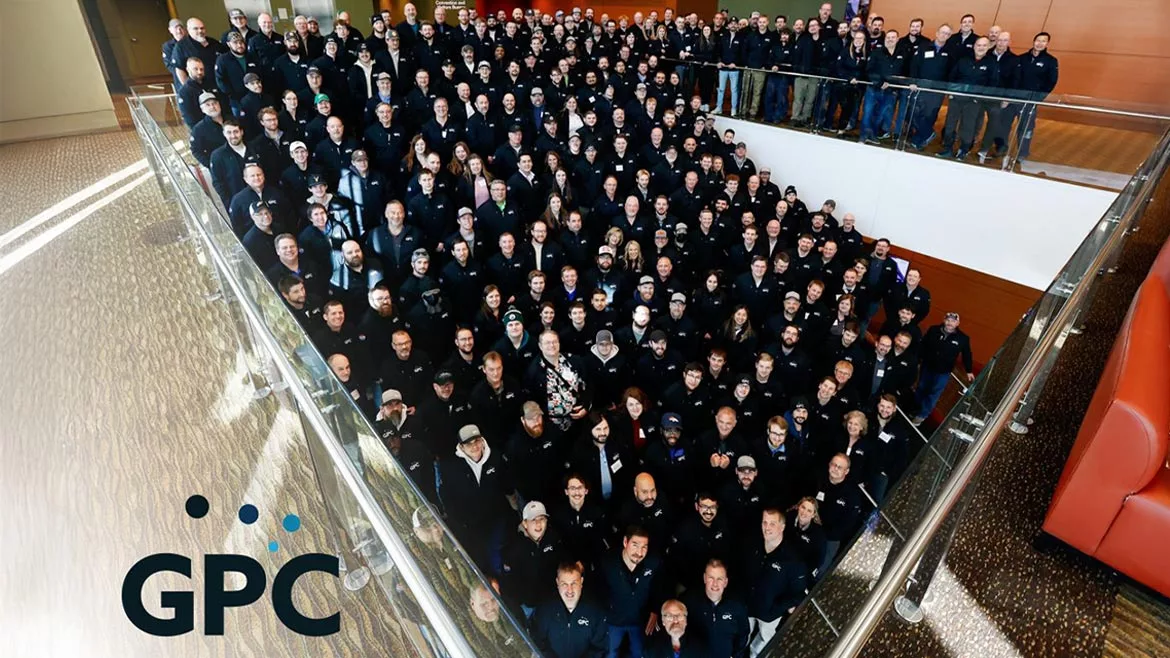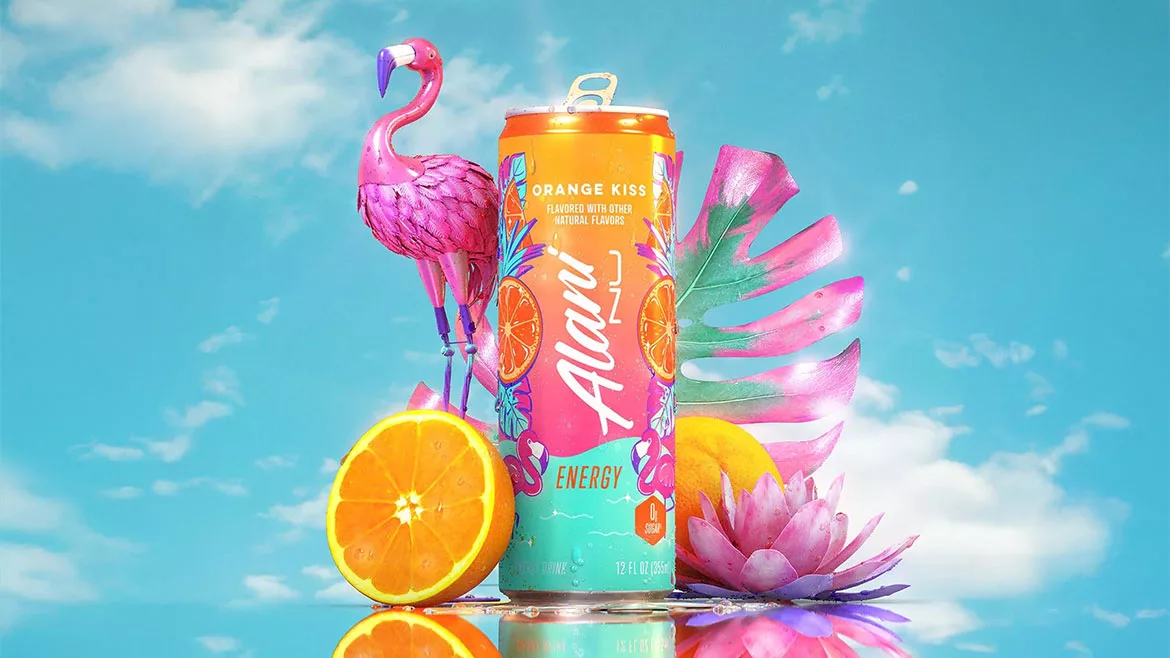Distribution: Effective safety committees
Achieving continuous improvement in preventing workplace accidents requires an ongoing emphasis on avoiding risky practices and behaviors. This occurs when a company cultivates a culture of safety.
When done effectively, the result is a safer workplace. This helps protect a company’s most valuable resource, its employees, and contributes to significant operational savings. Preventing injury improves employee quality of life, eliminates service disruptions and increases efficiency and customer satisfaction.
Approaches to safety management vary. Take Ryder System and APL Logistics, by way of example.
Ryder System, a Fortune 500 provider of transportation, logistics and supply chain management solutions worldwide, bases its safety management culture on individual accountability for safety, supported by a team of safety professionals charged with providing the tools and resources that help individuals succeed.
It has found that a safety committee structure that mirrors how an organization deals with critical issues such as operations, customer service, quality and employee development “is one of the more highly effective strategies for reducing risk,” says Frank Spingola, Ryder’s group director for safety and fleet management solutions.
“Safety accountability must rest with operations management because the people that interact in the workforce everyday will have the most impact on safe work practices,” he says. Leadership needs to drive accountability and employee involvement — two elements that are necessary for a successful safety program.
Ryder appoints team leaders on each safety committee. They are responsible for established functional areas including safety awareness, rules and procedures, inspections and audits, education and training, accident investigation, health and environmental matters, and fire and emergency procedures.
Ryder also uses the safety committee structure as a resource for employee recognition. Safety committees are involved in identifying employees who demonstrate outstanding safety performance and for selecting recipients of awards, including Driver of the Month programs.
The ability to leverage technology for performance tracking and measurement has helped make Ryder’s safety committee structure successful, Spingola notes. The company uses a Web-based safety tracking system to deliver proactive safety programs, which include observations, audits and other prevention activities, and then gather information to measure the success of each safety activity.
“With this system, progress can be tracked in real time and adjustments to the program can be made quickly, if needed,” he says. “However, a system like this is not required for the success of a safety committee structure, and technology alone is not a magic bullet to improve safety performance.
“An effective safety program must be well-planned and measurable, must rely on robust safety procedures and fundamental practices and must include the commitment of employees at every level within the company.”
For a company looking to start or make an existing program more effective, Spingola offers the following Ryder strategies to help ensure success:
- Have an agenda. Just putting together a committee and talking about safety may not yield measurable results. Create a plan and a set of activities to implement up front and then follow up on progress.
- Secure leadership at the local level. A safety committee is not a function that can be delegated if it is to get the attention it deserves. A senior level representative in the organization should not only sit at the table, but also have ownership of the committee’s activities and results.
- Establish a system for feedback. Safety committees should set up a mechanism to encourage employees to submit suggestions, questions and concerns. This promotes employee participation and enables the committee to assess issues and ensure a response.
- Hold management accountable. A safety committee is not responsible for safety — managers and employees are responsible for safety. Remember, the purpose of the committee is to assist managers and employees in meeting their safety objectives.
APL Logistics, a provider of international, end-to-end logistics services for global customers, has created successful safety committees by having managers provide a high level of support, engagement and enthusiasm. It has found that when safety is a priority for these leaders, it will usually be reflected in a more productive, proactive safety committee.
Not only does the company train all members of a safety committee in basic safety training, it schools them in the particulars of good communication and efficient meetings, especially if the members have spent more time on the road or a warehouse floor than in a boardroom.
“You can’t expect people to be able to pull off a successful committee meeting unless you provide them with the knowledge and tools to do so,” observes Dixie Brock, APL Logistics’ national warehouse safety manager.
An important turning point in the company’s corporate safety program came when its safety department began managing claims and gained additional information regarding each injury. Tying worker’s compensation data into safety initiatives gave the company a much clearer picture of where the biggest safety risks and windows of opportunity truly were.
“If you want to see your safety committee make a bigger impact, keep confidentiality in mind, but give it access to as much concrete data as you can,” Brock says.
“Just as important, show it how to analyze and evaluate that data. If you do, you’ll provide it with a better sense of where it should focus its time and energy.”
He continues: “The success of the safety committee is your success as your location’s injuries and incidents decline.”
Spingola and Brock concur that safety committees are often only as effective as the latitude and respect they’re given.
“If members put a lot of time and effort into developing great ideas and initiatives only to see their recommendations languish on a manager’s desk, they’ll eventually stop bringing their ‘A’ game to the safety effort,” Brock says. “Safety committee members need to know they’re being listened to and that their efforts do have the potential to make their facility safer.”
Any company that believes safety is only the job of a safety manager, department or group of safety committees is putting itself at increased risk for serious accidents or injuries.
Even though serving on a safety committee may be an additional part of a job description for a few, a company still needs to make sure all of its employees understand that being safe and finding ways to make their surroundings safer is also part of their jobs.
To quote Brock: “You can never assume your safety job is done just because you’ve set up a safety committee.” BI
Looking for a reprint of this article?
From high-res PDFs to custom plaques, order your copy today!


